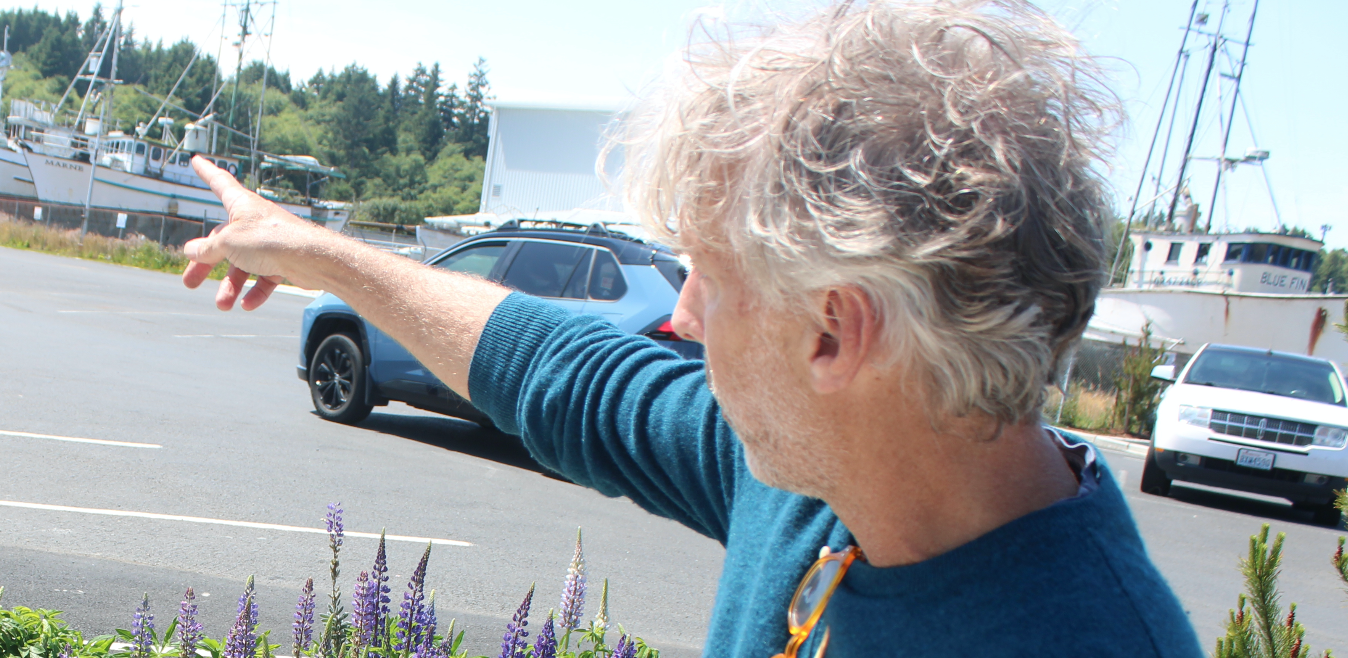Ask a Master Gardener: Plant spring bulbs now for ‘flower power’ next spring
Published 5:00 pm Tuesday, September 18, 2007
QUESTION: We are going to plant some daffodils and tulips next weekend and are wondering if we should put some fertilizer in the planting hole?
ANSWER: Once upon a time, bone meal was considered an excellent bulb fertilizer. Most bone meal today, however, has been so thoroughly processed that much of the essential nutrients have been literally boiled out of them. Spring flowering bulbs actually need no fertilizer for their first season of blooming. A healthy Dutch bulb will already contain all of the food it needs to support one season of spectacular growth. One other note about bone meal – dogs and other critters can sniff it out and be tempted to dig!
QUESTION: We have some fall blooming crocus that are just now coming in bloom. We are wondering if we can harvest the spice saffron from them?
ANSWER: Before you begin collecting the pollen for saffron we need to make sure you indeed have fall crocus. The beautiful crocus-like lavender blooms that are found in so many gardens this time of the year are actually not crocus at all but colchicums. They are commonly and incorrectly referred to as fall crocus. Colchicums tend to bear their crocus-like flowers in clusters, rather than singly like true crocus. They are also anywhere from six- to 10-inches in height, a lot taller than crocus which are usually only three- to six-inches tall.
Most colchicum flowers are described as vase or goblet shaped, but the cultivar “Waterlily” has double flowers that do look like a pink waterlily. Typical colchicum colors are white or shades of pink or purple, with yellow occasionally seen. True fall blooming crocus are commonly seen in the same colors, including yellow, but also have some bicolor or striped cultivars. When true fall blooming crocus blooms, usually their grass-like foliage is present at the same time. The colchicum’s foliage appears in the spring, and lingers for a few weeks, fading away by early summer. Then, just when you’ve forgotten you ever planted them, their flowers appear like magic in the garden, without foliage.
Crocus sativus, the true fall blooming crocus produces the ultra-expensive spice saffron. This flower first made its mark as a spice, an aromatic oil, coloring pigment and flavoring agent several thousand years ago. Ancient peoples valued this fall-blooming Asian flower for the pollen produced by its three dark red stigmas. The substance proved to be aromatic, flavorful and in the time before our modern chemical wizardry, a good dye for fabrics.
For those wishing to cultivate their own saffron patch, the flowers are very easy to grow. With a price tag of between $40 to $65 for a one-ounce jar, saffron is about one-tenth the price of gold and has long since passed the price of silver. Commercial production however, is a very precise and painstaking art. It takes 75,000 blossoms to produce just one pound of commercial grade saffron!
QUESTION: We have decided we would like to give potted bulbs in full bloom for Christmas gifts this year. How do we do this?
ANSWER: In order to bloom, spring-flowering bulbs must be exposed to temperatures of 40 to 45 degrees F for 12 to 16 weeks. Possible storage sites include the refrigerator, root cellar or an outdoor trench. During cold storage, water the bulbs regularly and keep them in complete darkness.
Once the cold requirement has been met, begin to remove the potted bulbs from cold storage. Place the bulbs in a cool (50 to 60 degrees) location that receives low to medium light. When the bulbs begin to grow, move the plants to a slightly warmer area that receives bright light. Keep the potting soil evenly moist during the forcing period. Flowering should occur in three to four weeks.
Tulips and most other spring-flowering bulbs are normally discarded after forcing. Attempts to save forced bulbs are usually unsuccessful, as many don’t bloom again when planted outdoors. Forced daffodils, however, can often be successful planted outdoors.
EDITOR’S NOTE: For answers to local gardening questions, contact Master Gardener Earl Miller at 642-0541 or e-mail him at eymil@charter.net.






